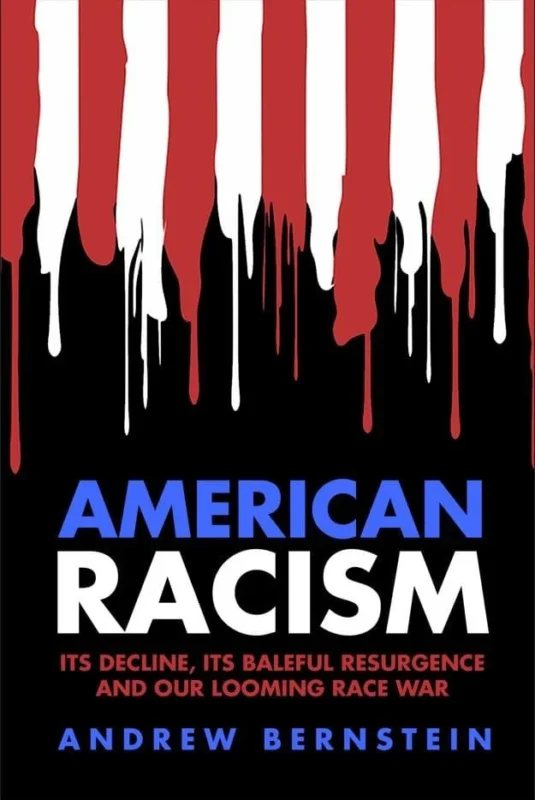The concept of supply and demand is a powerful mechanism to frame decisions and likely consequences. For example, suppose the price for red apples is $1.00 per pound today, but increases to $2.00 per pound tomorrow. We are happy to go out on a limb and predict that demand for red apples is likely to drop after the price increase. This example is very easy to understand, yet it sheds enormous insight into an evolving central issue of the presidential campaign, the role of taxes on the economy. For example, Senator Kerry has discussed raising taxes on the top 2% of US income earners and rolling back rates on capital gains and dividends to pre Bush administration levels. What would such a policy mean in the context of our red apple example?
Assuming a world where taxes do not exist with investors requiring a 10% return on their investment lets evaluate a project where an individual is looking to obtain $1,000,000 to finance a new factory to build custom lamps. If this business can generate $100,000 of potentially taxable income, after paying for the annual cost of equipment, employee salaries, and other costs, then our entrepreneur is likely to find the capital to launch his business. Why? Because the project generates the return ($100,000/$1,000,000 = 10%) required by investors to supply their capital.
Now lets evaluate what is likely to happen to this project if we introduce a tax rate of 50%. Instead of having $100,000 to distribute to investors, now the government will take $50,000 and thus there will only be $50,000 remaining for the factory’s investors. Unfortunately, this will not attract any investors, since the return on this investment ($50,000/$1,00,000) is only 5%. The end result is that many investments that would have been funded in a world of no taxes to provide jobs and stimulate the economy will not be funded as tax rates increase. Similar to the apple example, as taxes go up and reduce the return on investment (effectively raising the price of making investments), demand to finance those investments will also decline.
Unfortunately, reducing investment opportunities and curtailing employment growth is not the end of this tax story. While increasing taxes directly affects the lives of Middle Class Americans by reducing employment opportunities, it also will reduce their wealth. Since 1960, stock ownership among US Households has steadily increased, and now according to the Federal Reserve, over 50% of all households own stocks. As a result policies that reduce market valuations reduce the typical household’s wealth. Focusing on taxes and market valuation levels, it is easy to see how the two are inversely related. Let us return to our utopian world of no taxes. If you require a stock investment to generate a 10% return and lets assume for simplicity’s sake that after 1 year the company will be liquidated for $110 per share. In a world of no taxes, you would be willing to pay $100 per share today since that will earn you a 10% return.
However, if we incorporate a 50% tax on your gains and dividends, you would only be willing to pay $91.70 for that company, in order to now earn a 10% return for yourself. Why? In the no tax example you kept the fruits of your investment, but when taxes are introduced you have to give the government 50% of your gains. Consistent with this simple example, The Applied Finance Group’s research has consistently identified taxes as one of the primary factors behind determining market valuation levels. It is no surprise that market multiples in the 70’s were much lower than they are now, as tax rates for the highest earners were approximately double what they are today.
Thus while a key component of Senator Kerry’s tax strategy is to only tax the rich, the likely consequences of this policy will be to hurt the average American Household by inhibiting new investment and job creation, and reducing their overall wealth as investors push stock prices down to earn an adequate after-tax return on their investments. Ironically, while Senator Kerry is casting himself as the candidate similar to the popular images of Kennedy and Clinton, his tax policy moves America towards the dismal economic era of Carter, defined by high tax rates on producers, low stock market valuations, and depressing employment conditions.









